Mold toxicity is a serious health concern that often goes unnoticed. Surprisingly, a significant portion of the population, approximately 25%, is vulnerable to health complications caused by mold. This issue is part of a larger problem, as the World Health Organization reported in 2014 that around 7 million deaths annually are linked to indoor and outdoor air pollution, which includes mold exposure.
Detecting mold can be challenging, yet it’s crucial because of its potential severe impact on health.
For those concerned about mold exposure or interested in recognizing warning signs of mold toxicity, exploring more information on this topic is highly recommended. Our blog offers insights and practical tips on identifying signs and addressing mold issues effectively.
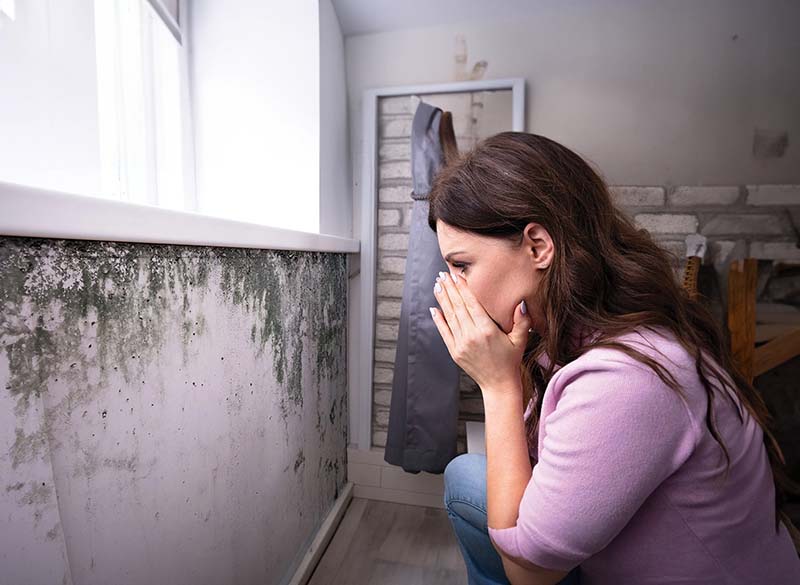
1. What is Mold?
Molds, a vital component of our natural environment, thrive in any setting where moisture and oxygen are present. As members of the Fungi kingdom, they are commonly found in damp environments like soil and decaying organic matter. In the outdoors, molds are essential as they break down dead leaves, trees, and other organic debris, playing a vital role in the ecosystem.
However, the story changes when it comes to indoor environments. Preventing mold growth inside buildings is important for maintaining a healthy living space. Molds come in various types, but they all share one common requirement for growth: moisture. When buildings or construction materials gather too much moisture and it goes unnoticed or isn’t dealt with, mold growth is often the result.
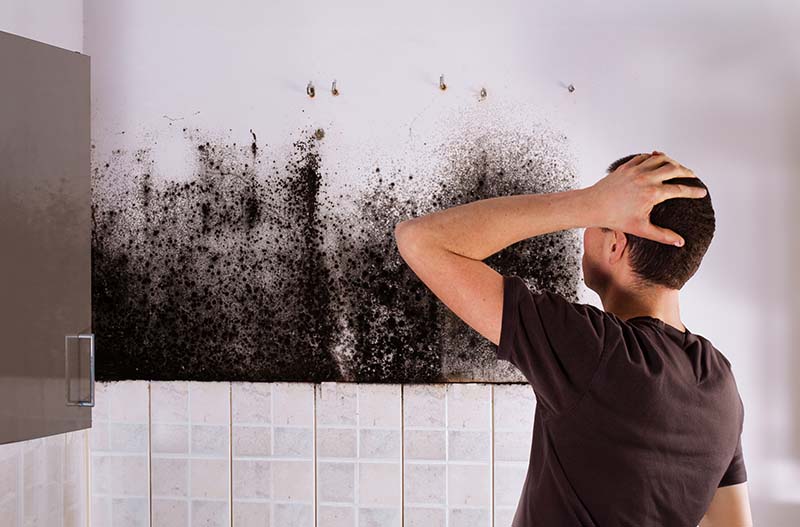
2. What is Mold Toxicity?
Mold is everywhere, and some types can be harmful, especially to people who are allergic or sensitive to mold toxins, known as mycotoxins. When you’re around too much mold, or types that are bad for health, you might get a condition called mold toxicity.
Megan McElroy, a physician assistant at Parsley Health, says that mold toxicity often gets missed in regular health care. This is because the symptoms can vary a lot, making them hard to spot and connect to mold, especially if your doctor isn’t trained to recognize mold problems.
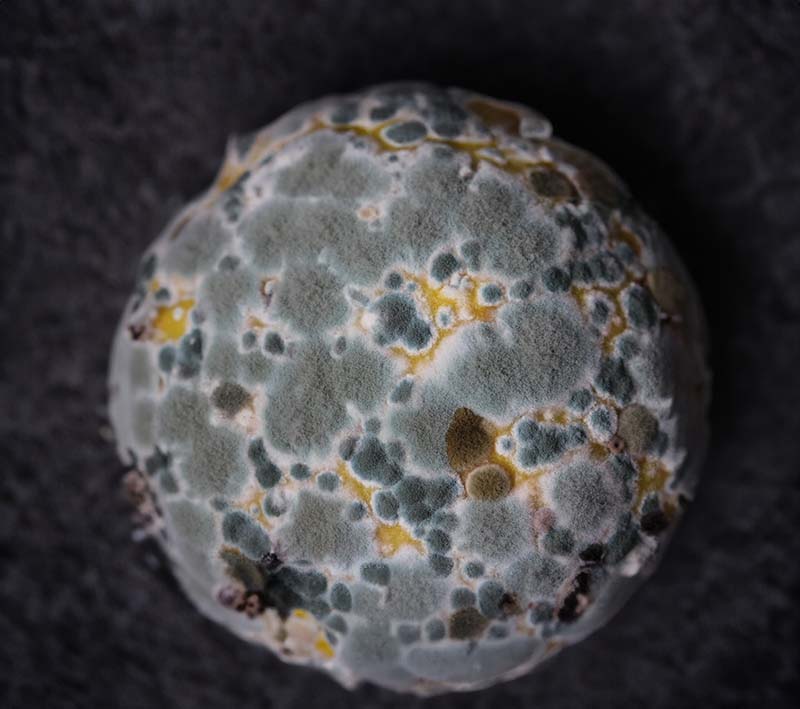
3. Recognizing Mold Toxicity: 10 Warning Signs
Mold issues often show up in two ways. The first is an immune response, much like allergies, with symptoms like sinus trouble, runny nose, itchy skin and eyes, asthma, and difficulty breathing. The second type is a chemical reaction in the body caused by mold toxins, or mycotoxins, leading to inflammation and other issues. Let’s look at 10 common signs of mold toxicity:
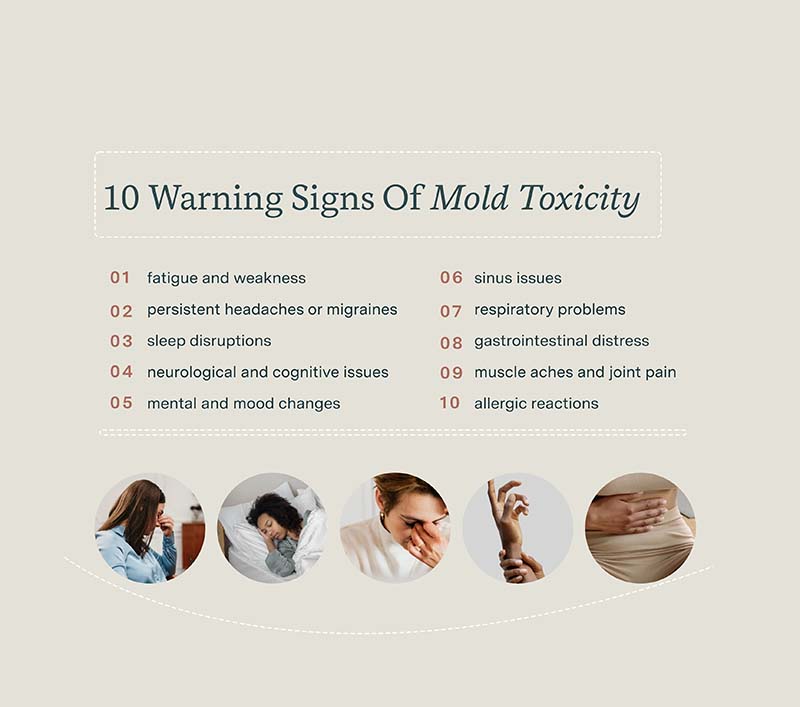
3.1 Feeling Fatigued and Weak
Regular feelings of tiredness or weakness could be a sign of mold toxicity. Mold spores can settle in your nose and lungs, causing lung problems like pneumonia, which lowers oxygen intake and makes you feel weak. Mycotoxins can also harm your cells and increase cell damage, adding to the fatigue.
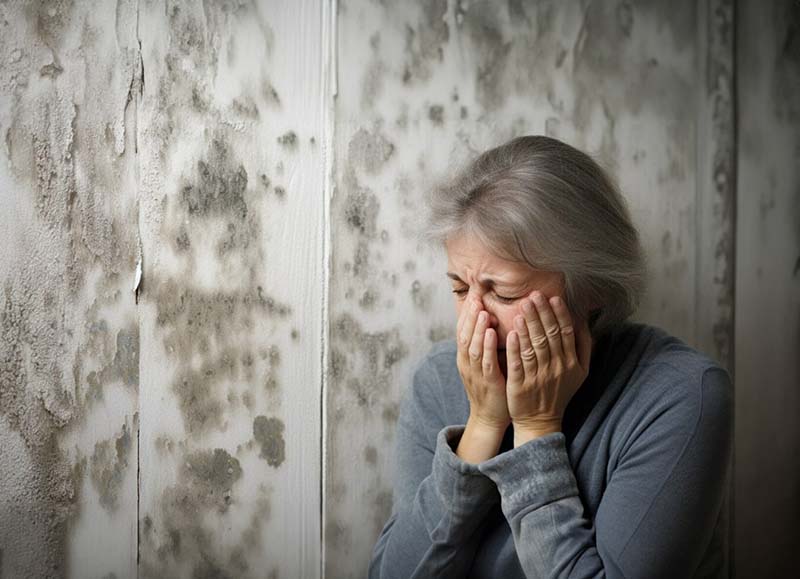
3.2 Persistent Headache or Migraine
If you’re often dealing with headaches or migraines, it might be due to mold. Being around mold can trigger these headaches, which often get better once you’re away from the moldy area.
3.3 Sleep Disorders
Trouble with sleeping, like not being able to fall asleep, waking up often during the night, or not sleeping long enough, might be linked to mold toxicity.
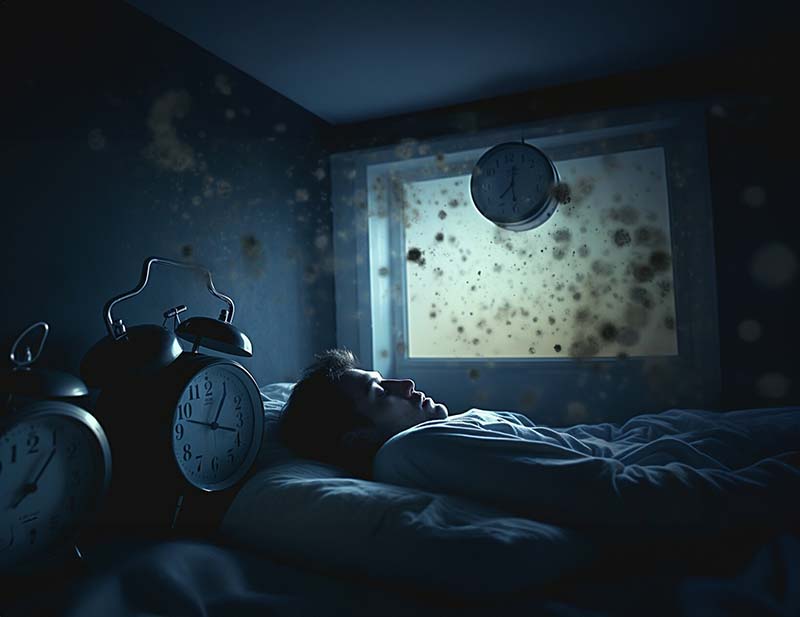
3.4 Neurological and Cognitive Issues
Long-term exposure to mycotoxins can harm your nervous system, leading to memory problems, confusion, trouble with balance, and even more serious conditions like nerve damage, brain issues, and reduced mental function.

3.5 Mood Changes
Mold can affect your brain, causing changes in mood, like feeling depressed or anxious. This happens because mycotoxins can disrupt how your brain works and affect chemicals like dopamine and serotonin, which can throw off your mood.

3.6 Sinus Problems
Stuffiness and sinus congestion are common reactions to mold. You might also experience allergic fungal sinusitis or notice a musty smell that signals mold in your home.
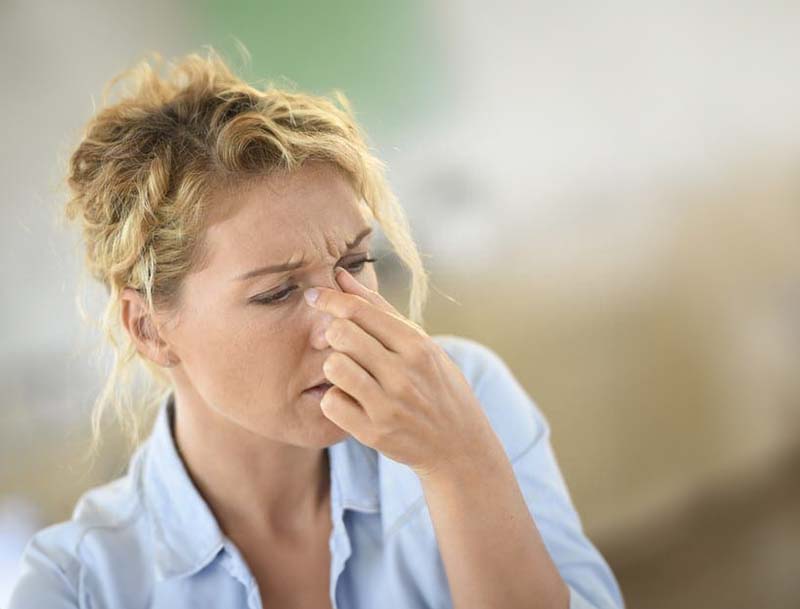
3.7 Respiratory Issues
Mold spores can trigger asthma and worsen breathing issues, especially if you already have allergies or lung problems. Exposure to mold and mycotoxins can also lead to lung conditions like bronchitis and inflammation in the lungs.
3.8 Stomach Pain
Breathing in or swallowing mycotoxins can upset your digestive system. These toxins can harm your gut health, leading to symptoms like nausea, stomach pain, vomiting, bleeding in the intestines, or diarrhea, as well as problems with nutrient absorption and changes in appetite and weight.
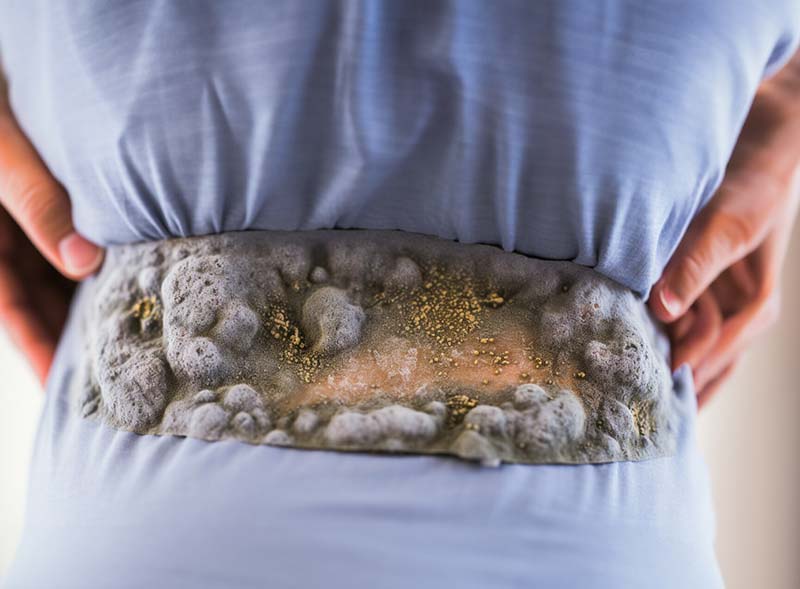
3.9 Muscle and Joint Pain
Being around mold may lead to pain in your muscles and joints. In rare cases, mold toxicity can cause a type of joint infection, especially in people with weaker immune systems.

3.10 Allergic Reactions
Exposure to mycotoxins can lead to quick allergic reactions like watery eyes, itchy throat and skin, eczema, and sinus issues. These symptoms are especially quick to appear in those with weaker immune systems.

If you frequently have any of these symptoms, it’s important to see a doctor quickly. Mold toxicity can be very harmful if not treated, so don’t delay getting help.
4. Connection Between Mold Toxicity and Autoimmune Diseases
Research shows that being around mold can lead to or make worse some long-lasting illnesses, like autoimmune diseases. This mainly happens from breathing in mycotoxins, the harmful stuff molds release. These toxins can get into your blood and travel all over your body.
Mycotoxins can cause ongoing swelling in your body and make your immune system weaker. This is a bigger problem for people who already have weak immune systems or are more likely to get autoimmune diseases. Mold bits and mycotoxins can also harm the cells that line the inside and outside of your body, leading to infections, more swelling, and a bigger reaction from your immune system, which can make autoimmune diseases worse.
Being around mold for a long time can lead to issues like chronic inflammatory response syndrome, make asthma and lung diseases like COPD worse, and trigger or worsen autoimmune diseases such as bowel disease, multiple sclerosis, and problems in people with HIV. Mental health issues, chronic tiredness, and fibromyalgia are also connected to long-term mold exposure.
Note: To avoid these health problems, it’s good to keep an eye out for mold in your home or workplace. Using tools like dehumidifiers and making sure your space is well-ventilated can help prevent mold. If you think mold is affecting your health, it’s important to talk to a doctor who knows about these kinds of health issues.
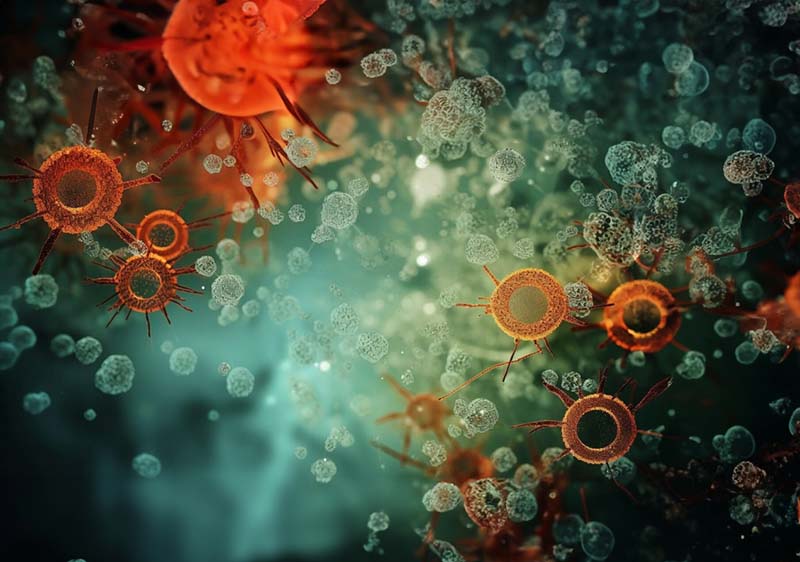
5. Effective Methods to Prevent Mold Toxicity
When you find mold in your space, it’s best to call a professional mold removal company. They have the right training and licenses to safely get rid of mold.
Trying to clean mold yourself can accidentally spread the spores further, making the mold problem worse.
To keep mold toxicity at bay, it’s crucial to deal with any moisture issues and take steps to prevent mold growth. Here are some useful methods to prevent mold toxicity:
- Quickly dry your space within 24 to 48 hours. Open doors and windows and use fans to help dry it out.
- Wear protective gear like rubber gloves, goggles that don’t have air holes, and long-sleeved clothing when handling mold.
- Clean wet items and surfaces with detergent and water.
- Avoid routinely using bleach for mold cleaning as it can be harmful.
- For hard surfaces, you can use store-bought mold removers, soap and water, or a bleach solution (mix no more than 1 cup of bleach in 1 gallon of water).
- Control moisture in your home by fixing any leaks and making sure your home is well-ventilated.
- Throw away things that can’t be cleaned, like carpets, furniture, wallpaper, and certain building materials if they’re moldy.
- Keep items outside your home temporarily until you can file insurance claims.
- Don’t mix bleach with ammonia or other cleaning products.
- If you or your family start feeling unwell after being around mold, see a doctor or healthcare provider.
Note: Regular home maintenance, like checking for leaks and ensuring good airflow, can greatly reduce the risk of mold. If you’re cleaning mold, always prioritize your safety by wearing the right protective gear.
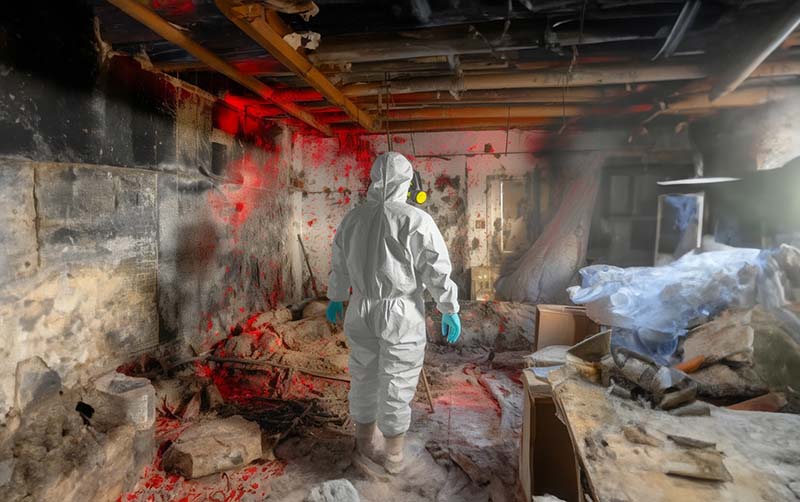
6. Recovering from Mold Toxicity: Steps to Take
Professional mold removal can cost between $500 to $6,000, and in extreme cases, the expenses can rise significantly. While the process is challenging and costly, addressing mold issues is crucial as the long-term health impacts can be far more expensive (Houselogic, 2009). To recover from mold toxicity, consider these steps:
- Eliminate mold exposure by removing mold sources from your environment. Be cautious of common dietary mold sources like grains, coffee, and peanut butter.
- Focus on sinus health with saline nasal rinses or a neti pot to clear the sinuses.
- Engage in neural retraining programs to teach your brain to react differently to mold.
- Reduce inflammation with an anti-inflammatory diet, supplements like omega-3 fatty acids and curcumin, and stress reduction techniques.
- Enhance detoxification by supporting liver function with supplements like milk thistle and N-acetylcysteine. Sweating through exercise or sauna use can also help.
- Test your surroundings for mold and stay away from mold-infested areas and items.
- Follow a personalized mold treatment plan from a knowledgeable healthcare provider, which might include toxin-binding agents and natural or prescription medications.
- Seek social support to manage the emotional challenges of recovering from mold toxicity.
- Boost your immune system with treatments like ozone sauna, which can aid in mold illness recovery.
- If you experience severe symptoms or chest discomfort, seek immediate medical help.
Recovery from mold toxicity requires time and dedication. By following these guidelines, you can aid your body’s healing process and reduce the risk of future mold exposure.
Note: Regularly inspecting your home for mold and using air purifiers can help maintain a mold-free environment. Also, consider professional mold testing if you suspect hidden mold growth.

7. Conclusion
We’ve covered the essential indicators of mold toxicity, highlighting how crucial it is to be aware of warning signs for your health and safety. Your experiences and feedback on this matter are invaluable, and we encourage you to share them. They not only enrich our understanding but also help others who might be going through similar situations.
Be sure to check out more insightful blogs from Biosculpture, where we continually share valuable health and wellness information. Your engagement and sharing of knowledge contribute significantly to a healthier and more informed community.


